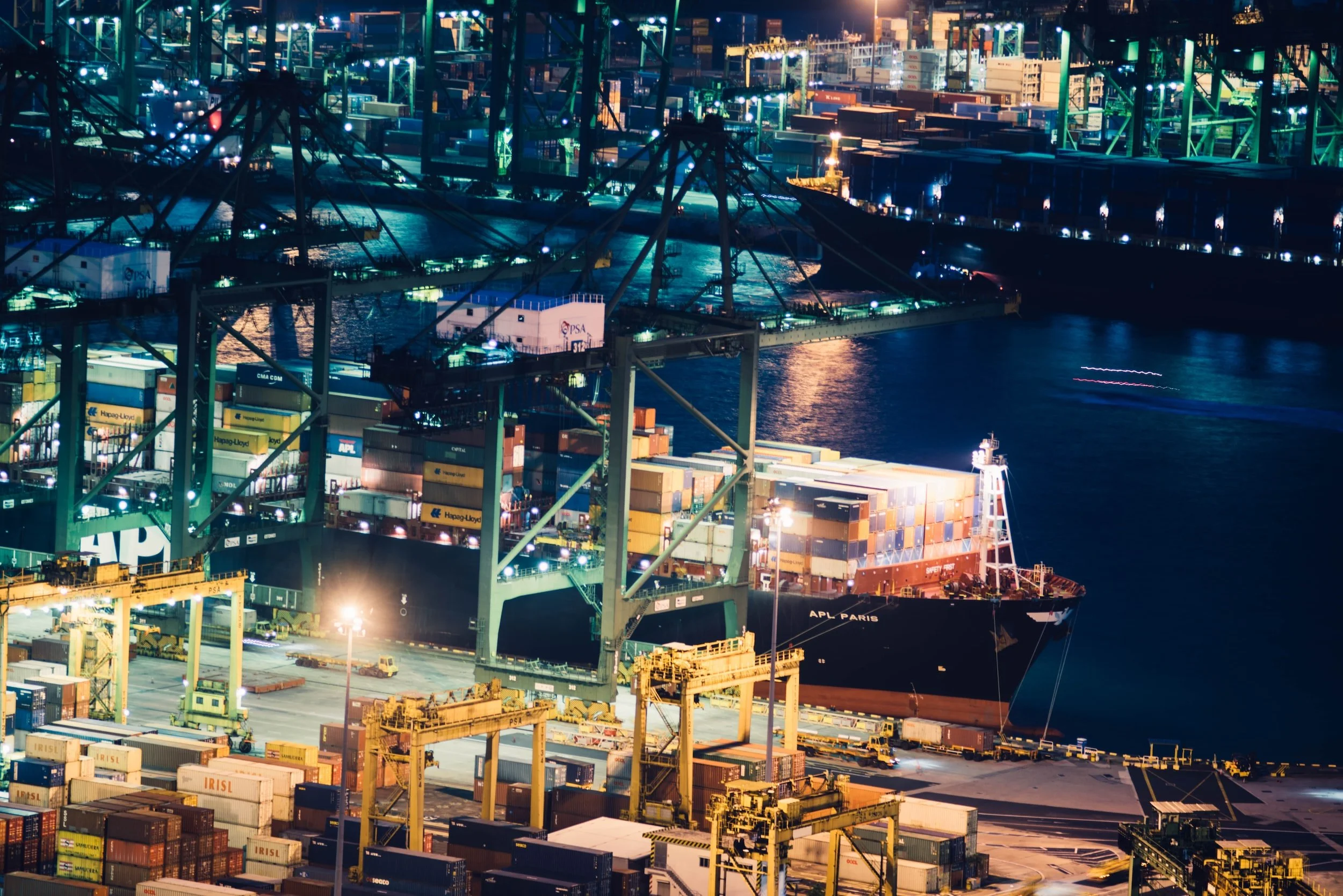By Ulf Bergman
Macro/Geopolitics
As previously mentioned in The Fix, the path to a recession is rarely a straight line. There will be data releases pointing towards a recovery rather than a further weakening of the business cycle, providing the temptation to signal the all-clear. Yesterday was such a day, with US consumer confidence and job openings surprising with better-than-expected numbers. However, rather than providing some relief for embattled consumers and financial markets, the strong data sets are more likely to provide additional fuel for the hawks among the Federal Reserve’s rate-setters.
The prospect of more Covid restrictions in China also weighed on sentiments yesterday. While the number of new cases remains low, the extent of the geographical spread weighed on investors’ minds. In the past ten days, all of China’s mainland provinces have reported new cases despite the country’s extensive policies aimed at preventing further spread. Hence, there are increasing concerns that the country will impose new wide-ranging restrictions, which would hurt economic growth and the demand for commodities.
Commodity Markets
Concerns that China will impose new restrictions amid rising Covid infection rates and expectations of more interest rate hikes among the world’s leading economies weighed heavily on crude oil prices yesterday. Brent crude oil futures fell below 100 dollars per barrel following a 5.5 per cent drop. The contracts ended yesterday’s session at 99.31 dollars per barrel after briefly trading below 98 dollars per barrel. In today’s session, prices have continued lower and fallen below 96 dollars per barrel.
European natural gas prices extended Monday’s drop into yesterday’s trading session, following last week’s record high. Suggestions that the European Union will be increasing its efforts to control surging energy prices and an improving inventory situation saw front-month futures dropping by more than seven per cent to settle at 253 euros per megawatt-hour.
The easing conditions in the European natural gas markets weighed on the thermal coal prices, with futures for delivery next month in North-West Europe shedding 2.5 per cent to settle at 366 dollars per tonne. The benchmark futures for the Asian coal trading continued to retreat from recent highs, with the Newcastle contracts for delivery next month declining by nearly two per cent to 415 dollars per tonne.
The increasing prospects of new Covid restrictions in China saw iron ore futures falling below 100 dollars per tonne during Tuesday’s session. October contracts trading at the Singapore Exchange fell by 4.4 per cent and ended the day at 97.33 dollars per tonne. Prices have recovered during today's session and are back above 100 dollars per tonne, following gains of more than three per cent.
The increasingly challenging outlook for the global economy, combined with easing supply constraints, contributed to base metals prices retreating yesterday. Aluminium futures trading at the London Metal Exchange ended the day 4.1 per cent lower, as some Chinese smelters were able to resume production following energy rationing earlier in the month amid high temperatures. The copper contracts dropped by 3.6 per cent, while zinc and nickel fell by 2.3 per cent and 1.2 per cent, respectively.
Agricultural commodities took a breather from the recent rebound during Tuesday's session. Rising demand and continued concerns over global supplies have contributed to the gains in recent weeks. However, yesterday wheat futures retreated by 2.6 per cent, and soybeans fell by 1.4 per cent. For corn, the losses were more modest at 0.6 per cent.
Freight Markets
Except for the Baltic Exchange’s indices for the gas carriers, freight rates declined yesterday across the board. A softening demand outlook amid Covid concerns in China and weaker global growth contributed to the declines.
The Baltic Dry Index dropped by six per cent yesterday, with the larger tonnage segments primarily responsible for the decline. The sub-index for the Capesizes led the way south with an eighteen per cent drop, leaving the gauge at the lowest level since early June 2020. The indicator for the Panamaxes declined by 6.4 per cent. The smaller segments had a somewhat less dramatic session, with the Supramaxes falling by three per cent and the Handysizes shedding 1.5 per cent.
The Baltic’s dirty and clean tanker indices joined their dry bulk siblings in the red yesterday, with the former retreating by 1.8 per cent and the latter by 1.9 per cent. The indicators for the gas tankers went against the flow, with the LPG freight rates advancing by 3.6 per cent and the LNG carriers edging up by 0.3 per cent.
The View from the Shipfix Desk
After falling sharply during the latter parts of the second quarter and the early parts of the third, agricultural commodities have rallied in recent weeks. The initial excitement over the deal that allow Ukraine to resume its grain exports has receded somewhat and contributed to the resurgent prices, as the scale of the project to shift the country’s stockpiles is becoming increasingly evident. However, despite some initial misgivings about the survival of the deal, the seaborne flow of Ukrainian grains has been steady and without any significant disruptions. While prices have recovered somewhat from the recent lows, they are still well below the highs observed during the first half of the second quarter. Hence, providing some relief to global food price inflation.
Shipfix’s cargo order data show that weekly volumes for grains loading in Ukrainian ports have remained stable in the past three weeks, with the current week remaining on track for similar levels. Hence, given the forward-looking nature of the order data, seaborne exports of Ukrainian grains look set to remain robust in the coming weeks and months.
Data Source: Shipfix

